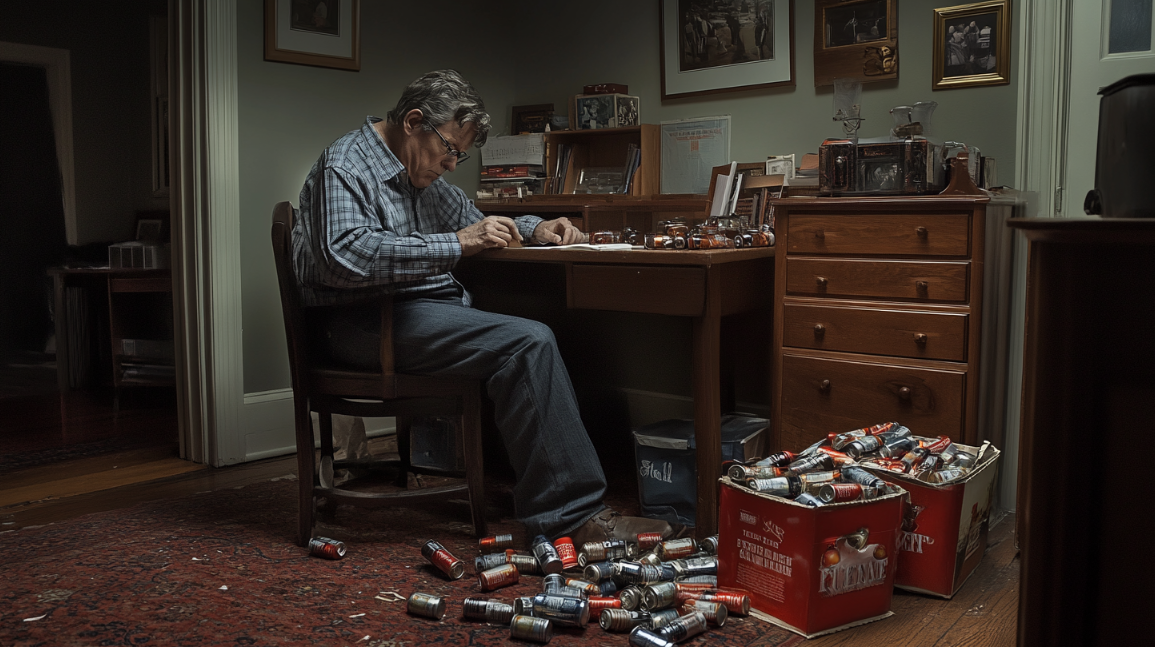I saw a thread on LinkedIn criticizing the old “we’ve always done it this way” as “the most dangerous statement in business.”
That seems a bit of an exaggeration.
It can be frustrating when people resist change. It’s easy to think they’re just stick-in-the-muds, but there’s often more to it. They might be afraid. They might not want to lose the control that the current system gives them. Or they might just be comfortable with what they’ve become used to.
But there’s another way to look at this.
Before you criticize “we’ve always done it this way,” reflect on this other common phrase. “That’s why we have procedures.”
Imagine this scenario. Some hard-charging, energetic, creative person comes into a new role, looks around, and finds a whole pile of ways to improve things. He says, “let’s start doing this,” to which people reply, “but we’ve always done it this way.”
That’s just what he was waiting for, and he was primed and ready to let those close-minded dogmatists have it.
“Haven’t you heard? That’s the most dangerous statement in business,” he growls. “We can’t be tied to the past. We have to try new things.”
Then he tries new things.
The server crashes. The lawyers call. Profits tank. Employees quit.
It turns out that there was a reason why things were always done that way.
This may remind you of something called “Chesterton’s fence.” It’s a story used by G.K. Chesterton in which he says don’t tear down a fence until you’re certain you know why it was put there in the first place.
“We’ve always done it this way” may be a sign of obstinate inflexibility, or it may be a sensible recognition that somebody decided to do it this way for a good reason. The person may not be afraid, but merely humble. “I’m not going to mess with that — as if I know better — as if wisdom starts with me, and everyone who came before was a mindless dullard with no new ideas.”
It’s obvious that new times and new circumstances call for new ideas and fresh approaches. That’s why we need the creative person who’s willing to test the boundaries. But unless and until you deeply understand why the current rules are there, it’s reckless to change them.
It’s important to have both of these attitudes in play at once — both in your own head and in your organization. You need the creative thinker, the adventurer, the risk-taker, but you also need the thoughtful, careful person who says “hold on a minute there.”
If you’re too madly in hate with “that’s the way we’ve always done it,” it won’t be long before some salty old sea captain rescues you from your sinking boat, shakes his wise old head contemptuously, and says, “you’re the reason why we have rules.”
Links





One thought on ““We’ve always done it this way” isn’t so bad after all”